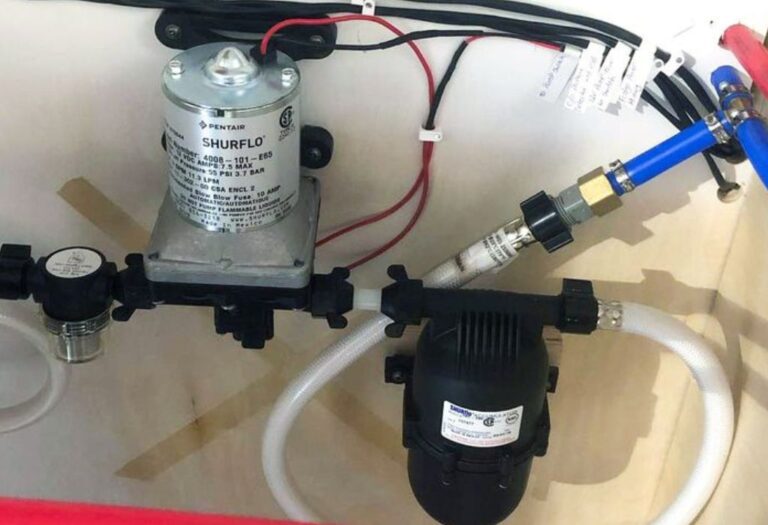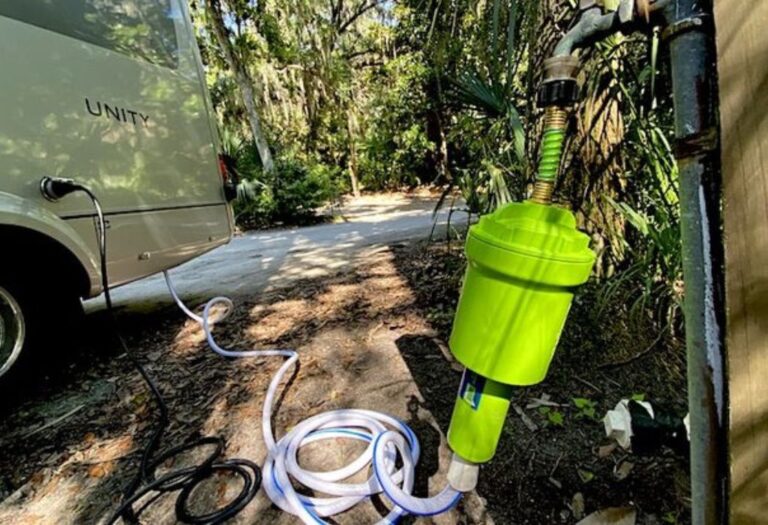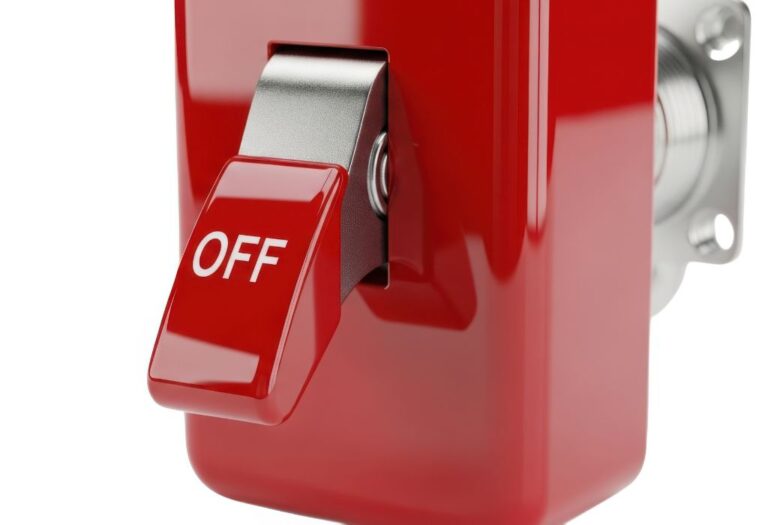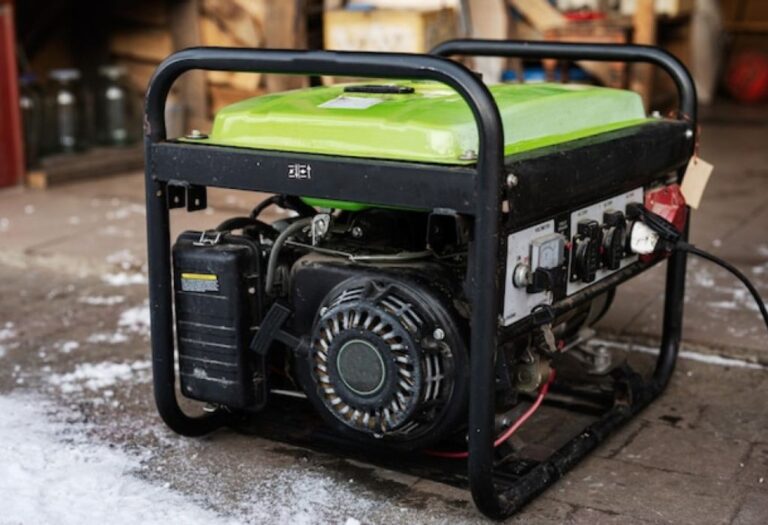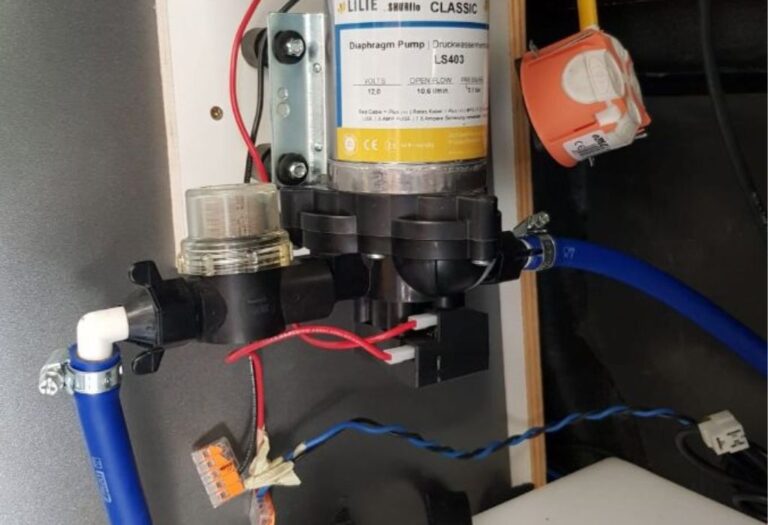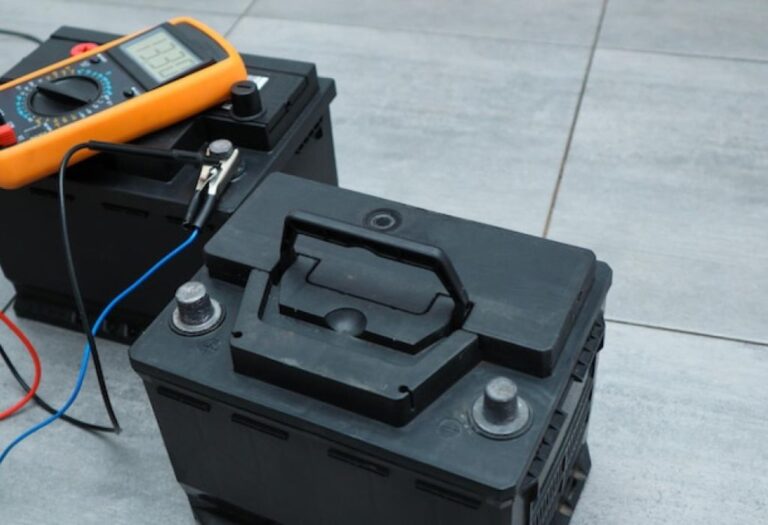How to Reset an RV Hot Water Heater Quickly
Nothing disrupts a relaxing RV trip faster than stepping into a cold shower. One of the most common reasons for losing hot water in your camper is a tripped reset on the RV hot water heater. Understanding how to reset an RV hot water heater quickly can save you from unnecessary frustration and costly repair calls.
RV water heaters are designed with safety features that automatically shut off power or propane when an issue occurs. This may happen due to overheating, a faulty thermostat, or even a brief power surge. When the heater shuts down, pressing the reset button can often restore normal operation in seconds—if you know where to find it and how to use it correctly.
According to RV service data, nearly 60% of hot water issues reported by travelers are caused by simple electrical or thermal cutoffs rather than major equipment failure. This makes knowing the reset procedure one of the most practical troubleshooting skills every RV owner should have.
Whether your RV water heater runs on propane, electricity, or both, understanding the reset process is essential for safety and convenience. In this guide, you’ll learn step-by-step how to reset your RV hot water heater, why it may have tripped in the first place, and what maintenance habits can help prevent future shutdowns. By the end, you’ll know exactly how to bring hot water back on the road—without panic or professional help.
Why a Reset Might Be Needed on an RV Hot Water Heater
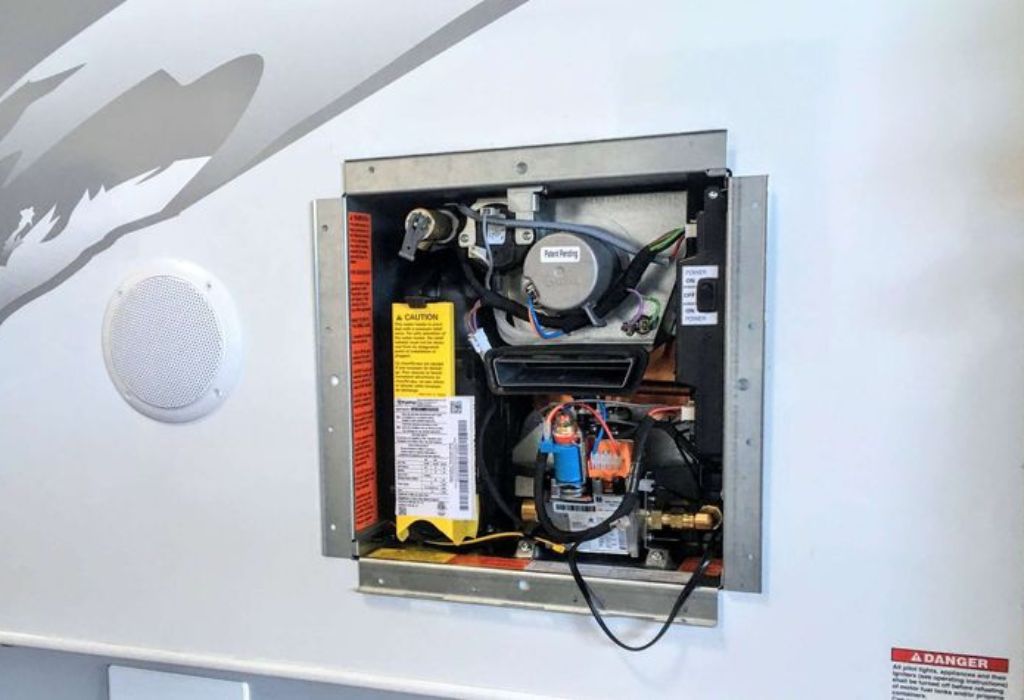
When your RV hot water heater suddenly stops producing hot water, it’s often not a major breakdown—it’s the system protecting itself. Most RV water heaters are equipped with safety switches that cut power when the internal temperature gets too high or when a malfunction threatens the electrical or propane system. Knowing these triggers helps you understand when and why a reset is required.
The reset function acts as a safeguard against overheating and fire risk. Whether you use a Dometic, Suburban, or Atwood model, the built-in thermostat and ECO (Energy Cut Off) switch monitor temperature and voltage. When irregular readings occur, they automatically trip the circuit, disabling the heater until you press the reset button to restore it.
what triggers the reset button on an rv hot water heater?
High internal temperatures, faulty thermostats, or power surges often cause the reset to trip for safety.
how often do rv water heater resets occur?
Under normal operation, resets are rare. Frequent trips usually signal a deeper electrical or thermostat issue.
does the reset indicate a major failure?
Not necessarily. A single trip often means the system prevented overheating, not that the heater is damaged.
can the reset feature prevent damage or a safety hazard?
Yes, it interrupts power before components reach unsafe temperature levels, protecting both the heater and occupants.
are certain brands more prone to needing a reset?
Older Suburban or Atwood units may trip more often due to worn thermostats or sediment buildup, but resets work similarly across brands.
Understanding the Components & Reset Mechanism
Before learning how to reset an RV hot water heater, it’s important to know how the system functions. The typical RV water heater includes a tank, burner assembly, ignition module, thermostat, ECO switch, and a small red or black reset button—usually found behind the exterior access panel.
The reset button connects directly to the thermostat and ECO switch. When the water overheats or an electrical surge occurs, this circuit opens and disables heating elements or the propane burner. Pressing the button restores the connection so the heater can operate normally again.
where is the reset button located on most rv hot water heaters?
It’s typically behind the exterior access panel, near the thermostat and high-limit switch.
what does the eco (high-temperature limit) switch do?
The ECO switch cuts off power when water temperature exceeds a preset safety limit, usually around 180°F.
why might the burner or electric element need to be checked when resetting?
A failed element or burner may trigger repeated resets until replaced.
do tankless rv water heaters have the same reset procedure?
Tankless units often include electronic reset buttons or digital control panel resets instead of manual switches.
is power (12v, 120v, propane) involved in the reset process?
Yes, both electrical and gas systems rely on proper voltage or propane flow for the reset to succeed.
Step-by-Step: How to Reset Your RV Hot Water Heater
Resetting your RV hot water heater is simple but must be done safely. Always disconnect power before accessing any component. The reset button is small, round, and typically marked “RESET” or located near two small red thermostats inside the control board compartment.
- Turn off the power supply. Disconnect both 120V electric and 12V DC systems to prevent shocks.
- Open the exterior access panel. Locate the control board and thermostat area.
- Find the reset button. It’s usually red or black and positioned near the thermostat.
- Press and hold the button for 3–5 seconds. This reconnects the high-limit circuit.
- Restore power and test the heater. Turn it on and wait a few minutes to confirm heating resumes.
should the water heater be turned off before pressing the reset button?
Yes, always turn off the heater and power supply before pressing reset for safety.
how long should the reset button be pressed?
Hold for about 3–5 seconds or until you feel a soft click indicating a successful reset.
what should be done after the reset is pressed?
Restore power, turn on the heater, and allow water to heat for at least 15 minutes.
what if the unit still won’t heat after resetting?
Check fuses, circuit breakers, propane valves, and thermostat settings before repeating the process.
is it necessary to drain or purge the system before resetting?
Not usually, unless the heater was recently serviced or winterized and contains air pockets.
Common Reasons a Reset Doesn’t Fix the Problem
Sometimes, pressing the reset button doesn’t solve the issue. This usually means an underlying fault is preventing the system from heating. Components like the thermostat, heating element, or ignition module could be malfunctioning.
Electrical issues are also common in older RVs. Corroded connections, weak fuses, or a failing 12V power supply may cause the reset to trip repeatedly. Regular inspection and cleaning can prevent these failures.
can a tripped reset button signal a faulty thermostat or hi-limit switch?
Yes, these are among the most common reasons the reset trips and fails to restore heating.
what role does sediment or mineral build-up play?
Sediment reduces heat transfer, causing the tank to overheat and trip the ECO switch.
could the burner’s ignition or solenoid be the issue?
Yes, faulty ignition modules or gas solenoids can stop propane burners from firing even after a reset.
is the electric heating element often the culprit?
If the element is burnt out, the system will not heat even though power is restored.
when should a technician be called instead of just resetting?
If the heater trips repeatedly or shows burn marks, melted wires, or leaks, professional service is recommended.
Maintenance Tips to Reduce Resetting Frequency
Regular maintenance helps prevent frequent resets and prolongs the life of your RV water heater. Flushing the tank every few months removes sediment and minerals that cause overheating. Checking fuses, wiring, and thermostats ensures the electrical side remains healthy.
Additionally, inspect the anode rod inside tank-style heaters. This rod attracts corrosion, protecting the tank’s interior lining from rust. Replacing it once per season or after heavy use helps maintain consistent water temperature and prevents internal damage.
how often should the rv hot water heater tank be flushed?
At least every 3–6 months, depending on water hardness and frequency of use.
does checking the anode rod help prevent overheating and resets?
Yes, replacing a corroded anode rod improves efficiency and temperature stability.
should the propane system, valves, and venting be inspected regularly?
Yes, blocked vents or weak propane flow can cause ignition failure and frequent resets.
is battery health and circuit fuse checking part of maintenance?
Absolutely, low battery voltage or blown fuses can prevent the heater from functioning even after reset.
does winterizing the water heater reduce reset/trip incidents?
Yes, draining and protecting the heater during cold storage prevents freeze damage and thermostat faults.
When to Upgrade or Replace Your RV Hot Water Heater
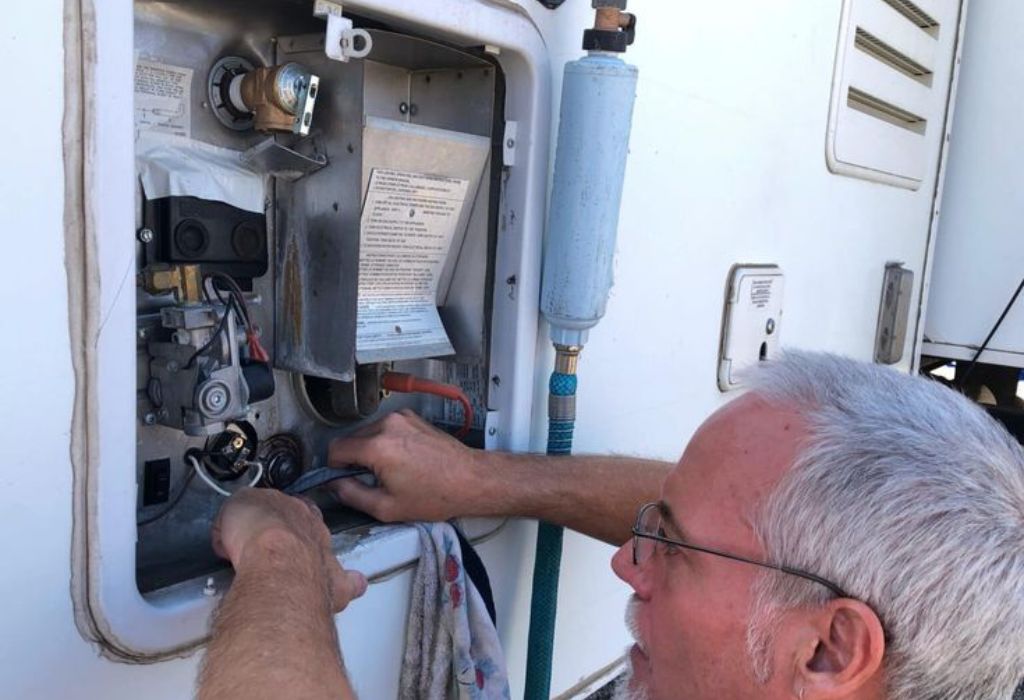
If you find yourself pressing the reset button too often, it may be time to consider replacement. Frequent resets indicate aging components, internal corrosion, or electrical degradation. Upgrading to a new unit can improve efficiency and safety while reducing future maintenance.
Modern RV water heaters, including tankless options, offer better energy management, digital controls, and self-diagnosis features. They also recover faster, delivering continuous hot water with fewer resets.
how many resets before replacement should be considered?
If the heater requires resetting more than once a month, internal parts may be failing.
what features do newer rv water heaters offer over older ones?
New models include electronic ignition, higher efficiency, and hybrid gas-electric modes.
are tankless models significantly different in reset behavior?
Yes, most tankless models use electronic resets and self-correct minor faults automatically.
does upgrading reduce maintenance and reset incidents?
Yes, advanced temperature sensors and better insulation reduce overheating and circuit trips.
how should one match capacity (gallons) and fuel type when replacing?
Select a unit with similar gallon size and matching propane/electric compatibility for easy installation.
Conclusion
Learning how to reset an RV hot water heater is one of the simplest yet most valuable skills for any RV owner. A quick reset can restore hot water in minutes, saving you from cold showers and expensive repair visits. However, repeated trips or failed resets often signal deeper issues that require inspection or part replacement.
Keeping up with maintenance—such as flushing the tank, inspecting fuses, and replacing worn anode rods—will greatly reduce the need for resets. If your water heater continues to malfunction after multiple resets, upgrading to a newer model may offer improved safety and performance.
By understanding the reset process, recognizing warning signs, and following a routine care schedule, you’ll ensure consistent hot water and extend the life of your RV’s heating system. The next time your shower runs cold, you’ll know exactly what to do—quickly, safely, and confidently.
I’m David R. Coleman, the founder, lead writer, and lifelong tool enthusiast behind GarageToolPro.com. With years of experience in automotive repair, woodworking, and home DIY projects, I created this platform to share practical tips, detailed tool reviews, and step-by-step guides that help mechanics, hobbyists, and homeowners get the job done right the first time.

